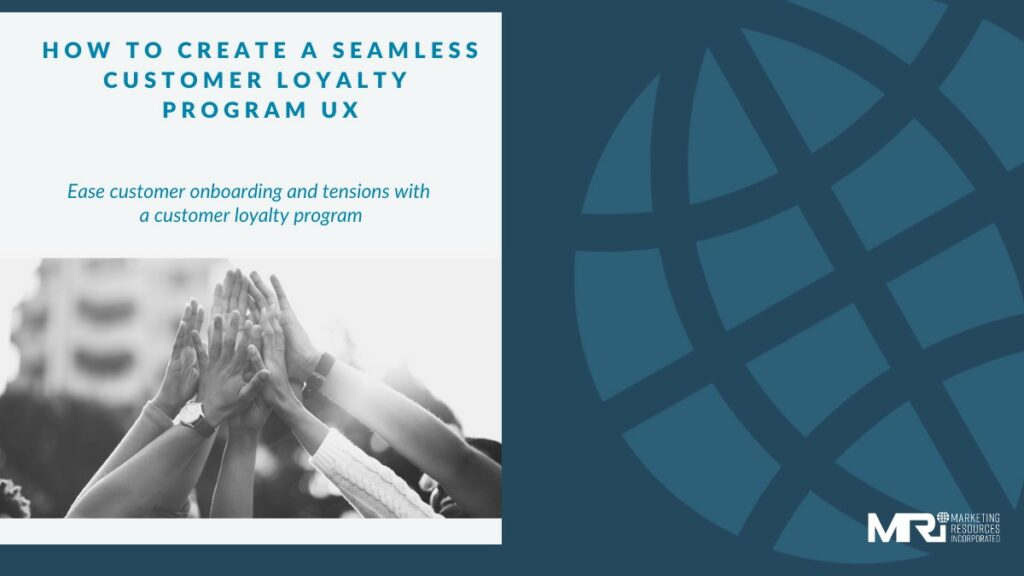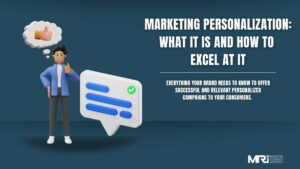You just got home. You’re excited to enter a loyalty program. After minutes of searching online (what felt like hours), you finally find how to enter. Your frustration is starting to outweigh your excitement. You discover there are 10 steps to creating an account. The customer loyalty program UX is confusing and frustrating.
Do you continue? Is this even worth the reward? You’re already frustrated, and at this point, binge-watching that new Netflix show seems way more rewarding than a loyalty program. As a brand, ensuring that your customer loyalty program UX is seamless is critical to retaining your customers and getting the most out of your program.
With the advances in user experience, it is so important to make sure every step of your loyalty program is as seamless as possible. We all know people’s attention spans have dwindled. Any unnecessary obstacles (no matter how small) could make a user lose patience and abandon their efforts. Having a frustrating experience with your loyalty promotion could also leave consumers with a bad impression, and it’s difficult to inspire users to give second chances. There are many tools and systems to help cultivate a frictionless user experience for your customer loyalty program. As promised, our customer loyalty program UX tips include best practices for SMS (text), loyalty apps, and microsites, to create a seamless experience for your consumers.
- 37% of loyalty program members prefer accessing loyalty program information via a periodic text message, 28% said a mobile app, 19% prefer desktop/laptop via website (CodeBroker)
SMS
When was the last time you met an adult without a cellphone? Because of its accessibility, some would call SMS the best way to create a seamless experience. SMS usage in a loyalty program can yield astounding results. By texting consumers directly what they need, it simplifies everything. Typically, if consumers already belong to a loyalty program, they can opt-in to receive texts with links to things like coupons, incentives, and exclusive offers. Not only that, but consumers can also join a loyalty program by texting a designated shortcode that will respond with a link to sign up. Take a look at these numbers:
- 90% of SMS are read within the first 3 seconds
- SMS has a final read rate of 98%, according to Dynmark.
- The same research found that 29% of those targeted with SMS advertising campaigns responded, and 47% of them made a purchase.
Texas Roadhouse, a chain restaurant, created an SMS opt-in with the launch of their loyalty program. Based on redemptions and responses, the steakhouse chain says their mobile members (those who opted-in to SMS) are their most loyal customers. The fact that the mobile experiences are much more accessible and seamless has no doubt had an influence on this success.
Speaking of success, let’s take a look at the numbers:
- Within just one year, Texas Roadhouse gained 60,000 subscribers to their mobile database
- Over six months, Texas Roadhouse experienced a 17% redemption rate for the sign-up offer and only 2.3% of the list opted out after the offer was redeemed.
Customer Loyalty Program UX for Apps
One of the first things people ask when they hear about a loyalty program is, “does it have an app?” 76% of consumers download brand apps they are loyal to (WillowTree). Loyalty apps are a crucial part of any loyalty campaign. They are also one of the best and easiest ways to create a seamless experience for your consumers. I like to think of a loyalty app as a “hub” for consumers; Everything customers need, all in one place. A loyalty app should make it easy for a user to access their available offers, points, loyalty cards, etc.
- 18% of U.S. internet users said they don’t know how many loyalty points they have for their favorite brand, and another 52% said they weren’t sure (3Cinteractive)
- More than 50% of loyalty program members agreed that without easily accessible programs, rewards often go unused or expire because members aren’t aware they’ve accrued (CodeBroker)
- 71% said they would be more likely to use their loyalty cards if they could access them from their mobile phone
Seen by many as the pioneer of loyalty apps, Starbucks has created the most popular (48%) restaurant loyalty rewards app (themanifest.com). As a Starbucks loyalty member, users earn stars for every dollar spent. And earlier this year, Starbucks rolled out a new way for members to spend stars. To make their users’ experience with the brand as seamless as possible, Starbucks stars can now be used not only for a free drink, but also to add extras to drinks, buy store merchandise, and more. Additional features on their app that add to the user experience include: Stars earned are displayed clearly on the homepage, a tracker shows how close users are to the next tier of rewards, users can pay with the app in-store, order ahead, and review previous purchases.
Take a look at the mind-blowing results:
- The Starbucks App is the most successful payments app ever (beating apple pay, google pay, and samsung pay)
- Last year, the Starbucks loyalty program’s enrollment reached 16.3 million — a year-over-year increase of 14 percent
Microsite
While apps may seem like the obvious choice for any loyalty promotion, a microsite has more potential with loyalty programs that include games and sweepstakes. A microsite is a branded website with its own independent domain that exists outside of a brand’s main homepage. While you can run sweepstakes or game through a loyalty app, typically brands see greater success when the promotion has its own microsite. This allows an easier barrier to entry, where non-member consumers can still participate.
The most common mistake when making a microsite is not giving it the same considerations towards UX as your main page. First and foremost, ALL microsites should be optimized for mobile. Slightly over half of all worldwide web traffic is from a mobile phone. Mobile users are 5 times more likely to abandon a task if a site isn’t optimized for mobile (Adobe).
Second, the CTA (be it an entry button, code upload, etc.) should be the most notable thing on the home page. Users should know immediately upon loading your microsite, what they have to do. If the sweepstakes or game has any specific instructions, those should be clearly displayed as concise points.
And finally, a truly seamless experience doesn’t make you wait. Website speed should be a huge consideration for all microsites. 40% of people abandon a website that takes more than 3 seconds to load (gomez.com). The bottom line: you should never sacrifice web speed.
A great example of a microsite done right is Pepsi’s latest yearly installment of their PepsiStuff campaign. With the inclusion of a digital code system, consumers had a chance to collect unique codes found on specially-marked products, enter online, collect points, and redeem for amazing prizes ranging from retro jackets and scooters to NFL game tickets. To curate the best experience for consumers, the microsite was designed with mobile in mind. The enter button is large and contrasting, and the simple instructions are written above it.
Conclusion
Give your consumers a seamless experience with our customer loyalty program UX tips and you will be rewarded with increased program participation and your customers will have a more positive opinion of your brand. With these three tactics, we hope you feel more confident strengthening your connection with your consumers in your next customer loyalty program. For more ways to amp up your loyalty program, contact us.





